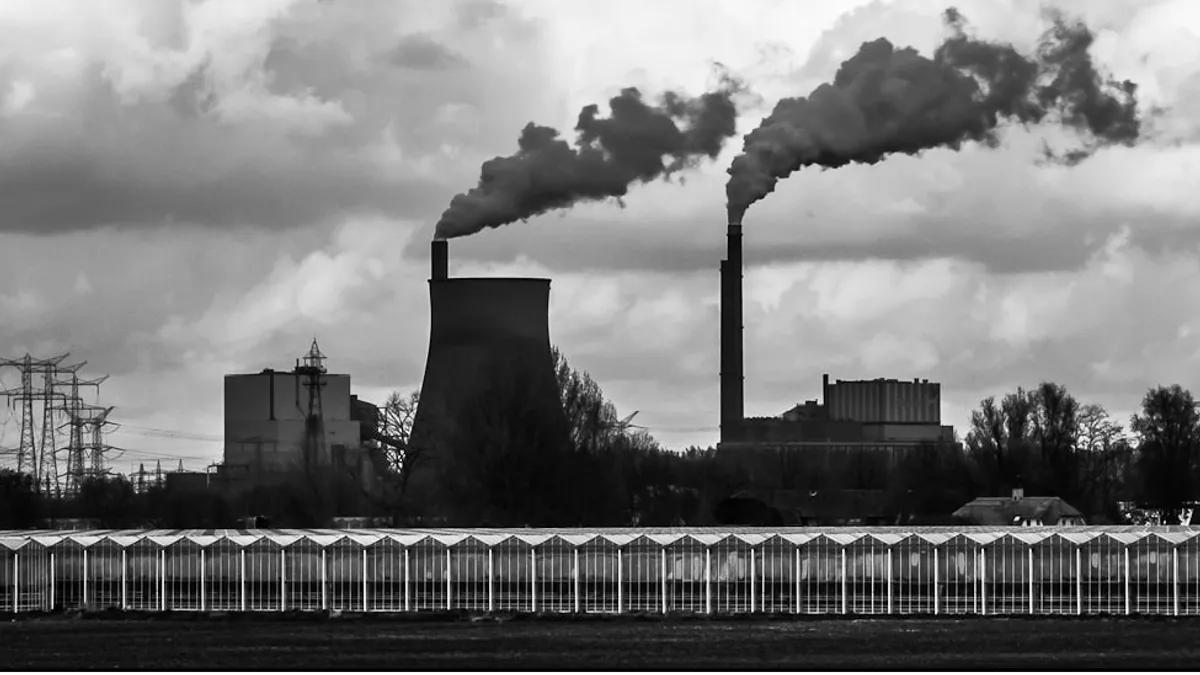Dive Brief:
- Bucking what has largely been a trend towards calls for mass-based Clean Power Plan compliance, Florida Power & Light has said it prefers a rate-based approach because its generation is already cleaner today than the law's future emission requirements for the state, Platts reports.
- States are having to choose between mass- and rate-based compliance, focusing on either overall emissions or the carbon emitted per MWh, but would not be able to trade allowances between the two schemes.
- Platts reports that Florida's other utilities are still mulling their preferred methodologies, but have not decided which would best benefit their customers. FPL's two nuclear power plants — St. Lucie (2,000 MW) and Turkey Point (1,600 MW) — make a rate-based approach appealing due to their large amount of zero-carbon generation.
- FPL continues to build out its generation in response to load growth in the state, and yesterday, the Florida Public Service Commission approved the need for the utility's proposed $1.3 billion, gas-fired Okeechobee Clean Energy Center.
Dive Insight:
As states and utilities begin mulling just how they will meet the new standards of the Clean Power Plan, one of the big question has been which conceptual framework will be chosen to measure emissions. The mass-based approach has appeared to grab the favor of most, largely due to the simpler nature of trading emissions allowances as states look to band together.
But FPL is pushing back, saying its low-carbon fleet and position in a growth state means a rate-based plan would make the most sense. "Because we are in a growth state and we are a growth utility, FPL supports Florida implementing a rate-based program" FPL spokeswoman Sarah Gatewood told Platts.
The company's generation is already cleaner than it needs to be under the new law, Gatewood said. That could put FPL in a good position to trade emission rate credits with other utilities in states that choose a similar trading system.
But Gatewood added that if Florida does select a mass-based trading system, FPL's plans to build clean generation would still be an asset. The utility is looking at adding more solar, is considering nuclear and has begun construction on a new combined-cycle facility in Port Everglades.
While new nuclear plants are likely too expensive and risky for any developer to tackle in organized markets where natural gas generation sets the economic standard for dispatch, they can appeal to vertically-integrated utilities in regulated markets like FPL because they can rate-base construction and earn a return on that investment.
For now, FPL has no public plans for new nuclear, instead focusing on building out gas generation. State regulators also agreed this week that a new 1,633 MW facility proposed for Okeechobee County is needed. The utility said that if all required approvals and permits are secured, construction would begin in 2017 and customers could begin receiving power in the summer of 2019.
"Not only is the FPL Okeechobee Clean Energy Center the most cost-effective option for meeting Florida's future energy needs, it will also help us keep our customers' bills low for the long term and further reduce emissions from our system, which is already among the cleanest and most affordable in the nation," FPL President and CEO Eric Silagy said in a statement.
Platts also spoke with Duke Energy and Tampa Electric about their preferred carbon trading schemes, but both utilities said they are still working to make that determination.















